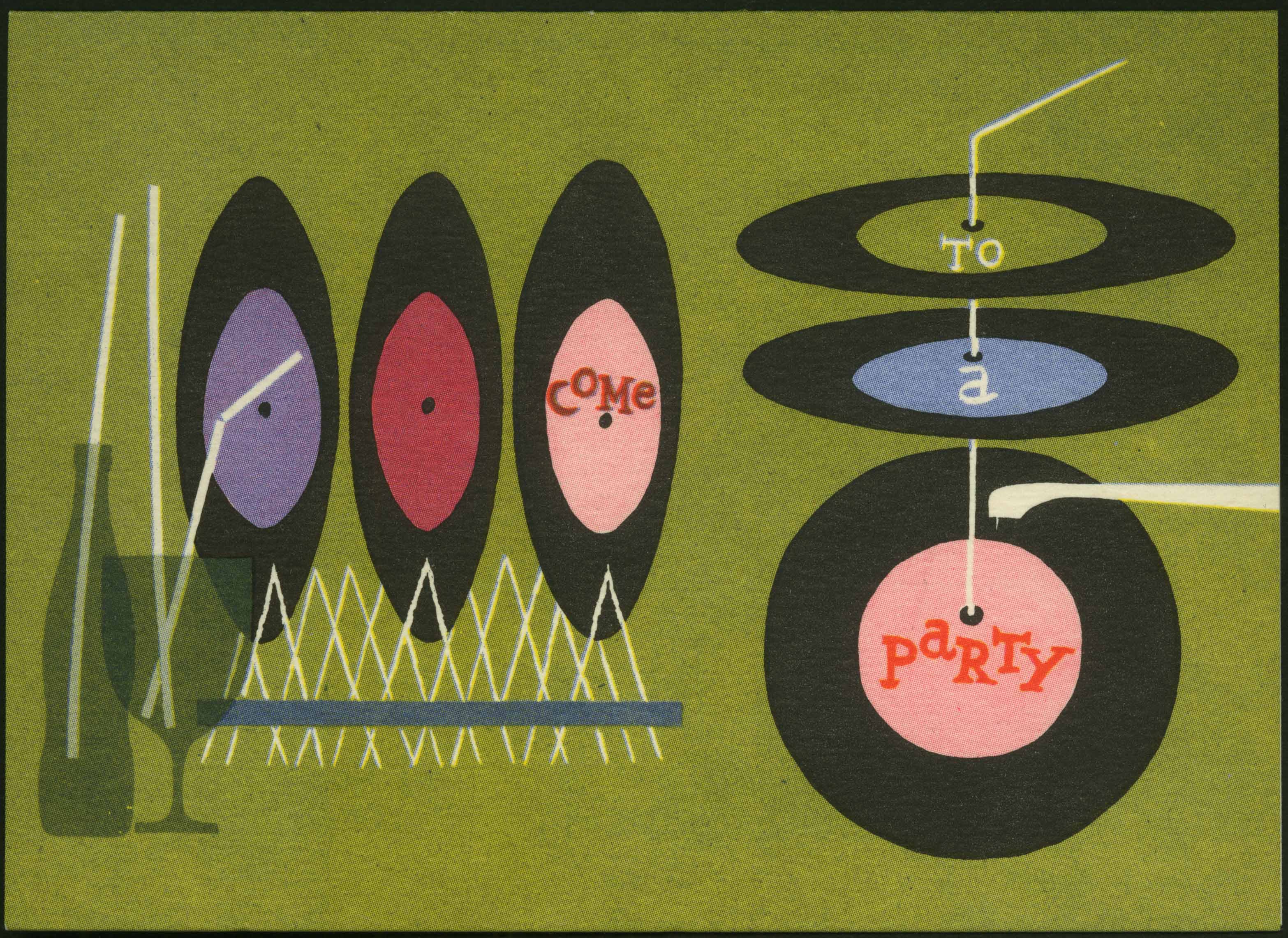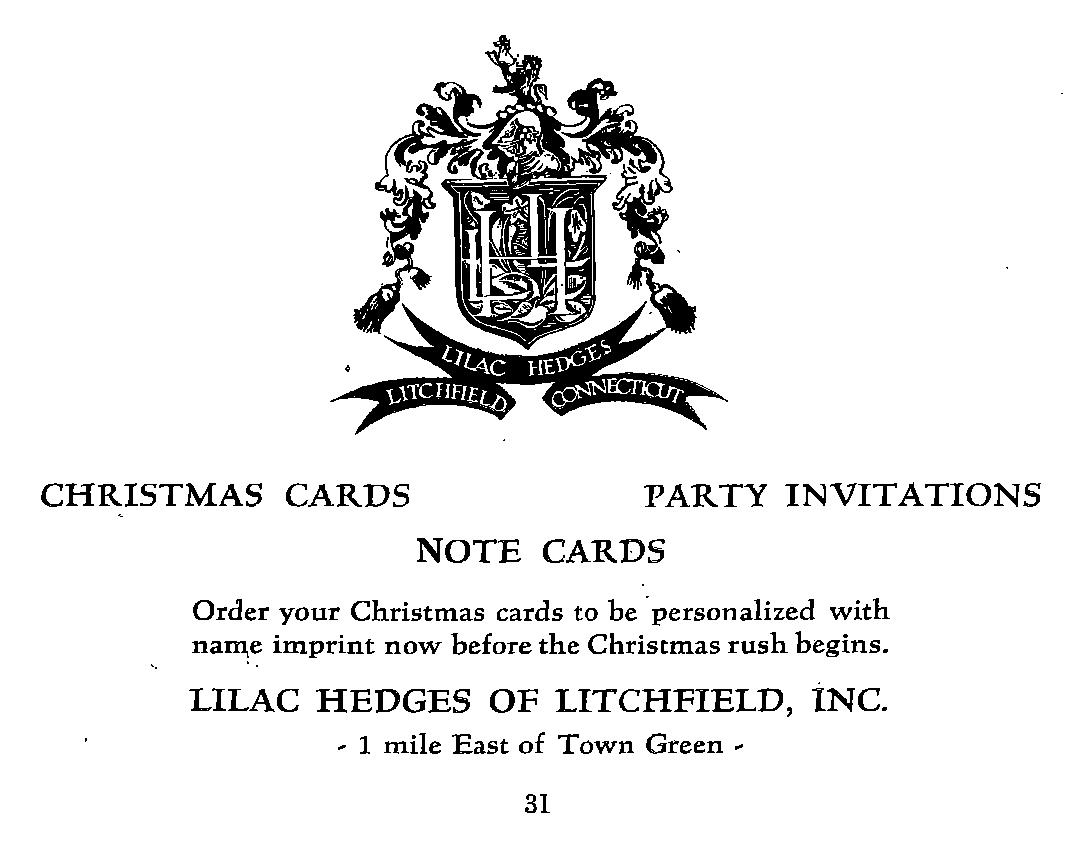I am working on creating a presentation for Friday’s Archives Month Lunch and Learn and I realized that I haven’t shared anything about this company, or how we came to be interested in it here on the blog. Documenting Lilac Hedges has been the work of a number of individuals. It all started with an idea for a fundraiser that has yet to come to fruition. Even if it never does, the resources and information we came out of the process with will be more than worth the effort. I don’t want to give away the whole story, but I do want to pique your interest. The fundraising idea was to create beautiful books that told the story of a particular house. Only two copies would be printed, one for our library and one to be sold to the homeowner. So we started to make a short list of houses that we might have enough information and images to create this type of book for. One was on Fern Avenue in Litchfield. The history of the various properties that had been parceled together and taken apart again was fascinating- it includes everything from Echo Farm, the first dairy to commercially bottle milk for distribution in New York city, to the Chase family who eventually created Topsmead. In the early 20th century, the Hinchman family purchased the house and barn on the property and Ralph Hinchman created a studio in that barn. His company would go on to produce greeting cards that were shown and distributed across the country, and include the artistic involvement of a number of influential artists, illustrators and producers. Before starting the company, Hinchman attended Bard and enlisted in the army where he served as a WWII fighter pilot. Upon his return, he attended Cooper Union in New York.
Ralph Hinchman’s remarkable story could not be told without the assistance of his sister, Elsa Hinchman Clark, who donated much of the material now in our collection; his friend and colleague Jac Venza who shared several of his time to tell us about the company and Ralph’s experiences; Henry D. Bowman, an artist who worked for the company who recently also sent a number of examples of his work; and a number of other local residents who are contacting us to share their stories or artifacts from time spent working with the company. We also extend thanks to intern Benjamin Bradley who devoted the better part of two summers researching, compiling, creating an exhibit, and authoring a finding aid. I have yet to locate the business records, whether they still exist is a mystery. Ralph’s business partner, Francis McIlhenny, bought out the company and moved it to California. Questions like how many employees Lilac Hedges had at its peak, or what their annual revenue was, have not been answered. We hope to encourage others to share what they know about this uniquely Litchfield venture.
This advertisement appeared in the CJR House Tour bulletin in 1958.

